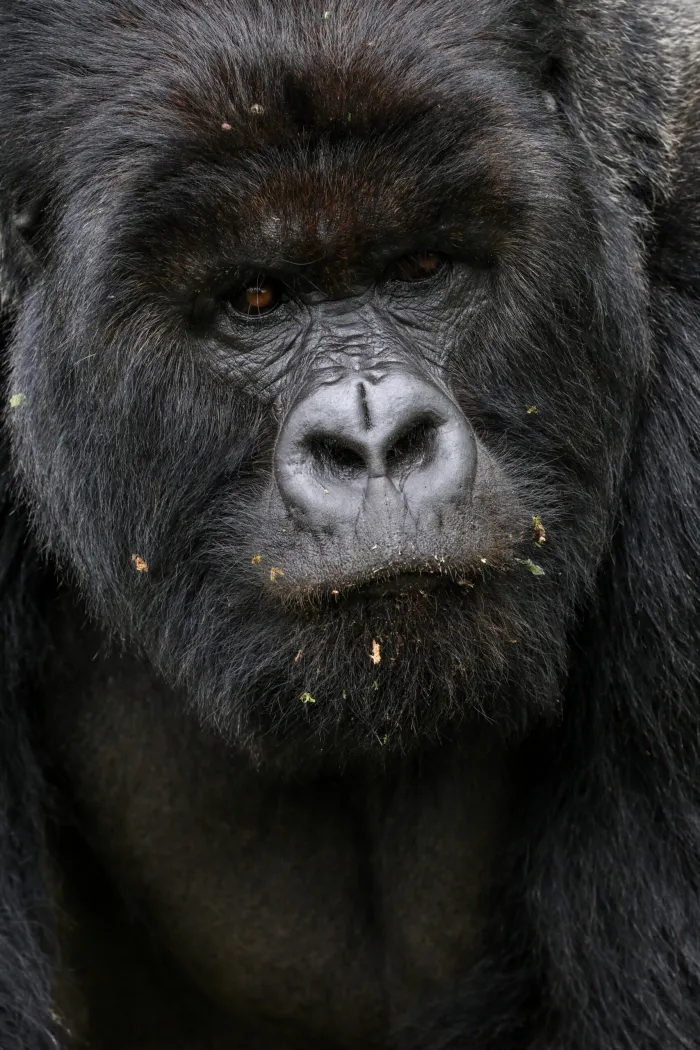The photographer and journalist Graeme Green visited Volcanoes National Park, Rwanda last year to see mountain gorillas. He tells me that being up close with the world’s biggest primate was an experience he will never forget. Green says, “I spent some time with a 200 kilo silverback named Marambo.” Humans and gorillas share 98% DNA. This is evident in Green’s photographs of Marambo which are the New Big 5 a collection of wildlife photography by more than 145 photographers.
The book, and Green’s larger project with the same title, is a reclamation of and reimagination of the “Big 5,” an animal term used by trophy hunter to describe animals they wanted to kill and mount to their walls. Green’s ambitious idea was also straightforward: rather than shooting these magnificent creatures with guns, how about focusing our attention on protecting them and raising public awareness through photography?
The photographer held a vote for the public to decide the “New Big 5” or the animals that people wanted to photograph. The people voted for elephants, gorillas such as Marambo, polar bears and tigers.
Mountain gorillas faced extinction in the 1970s. They were killed as trophies and large areas of their habitat destroyed. The mountain gorillas survived. Green said that mountain gorillas were a conservation success.
The most recent census, conducted in 2018, shows that their number is 1,063. Volcanoes National Park is being expanded to accommodate the increasing numbers.
The world’s animals are in crisis. But the story of the gorilla, and other stories like it, show that we can reverse the trend and ensure a future for both wildlife and humans. The New Big 5 Book, published by Earth Aware Editions, and distributed by Simon & Schuster is about All Wildlife, both large and small. The five species chosen by the public represent a starting point, paving the way for the discovery of dozens more species.
Featuring essays by conservationists, activists and passionate photographers, – The New Big 5 offers a possible roadmap for humanity. It’s a map we must follow if our planet and all its inhabitants are to have a future. Green told us more.
